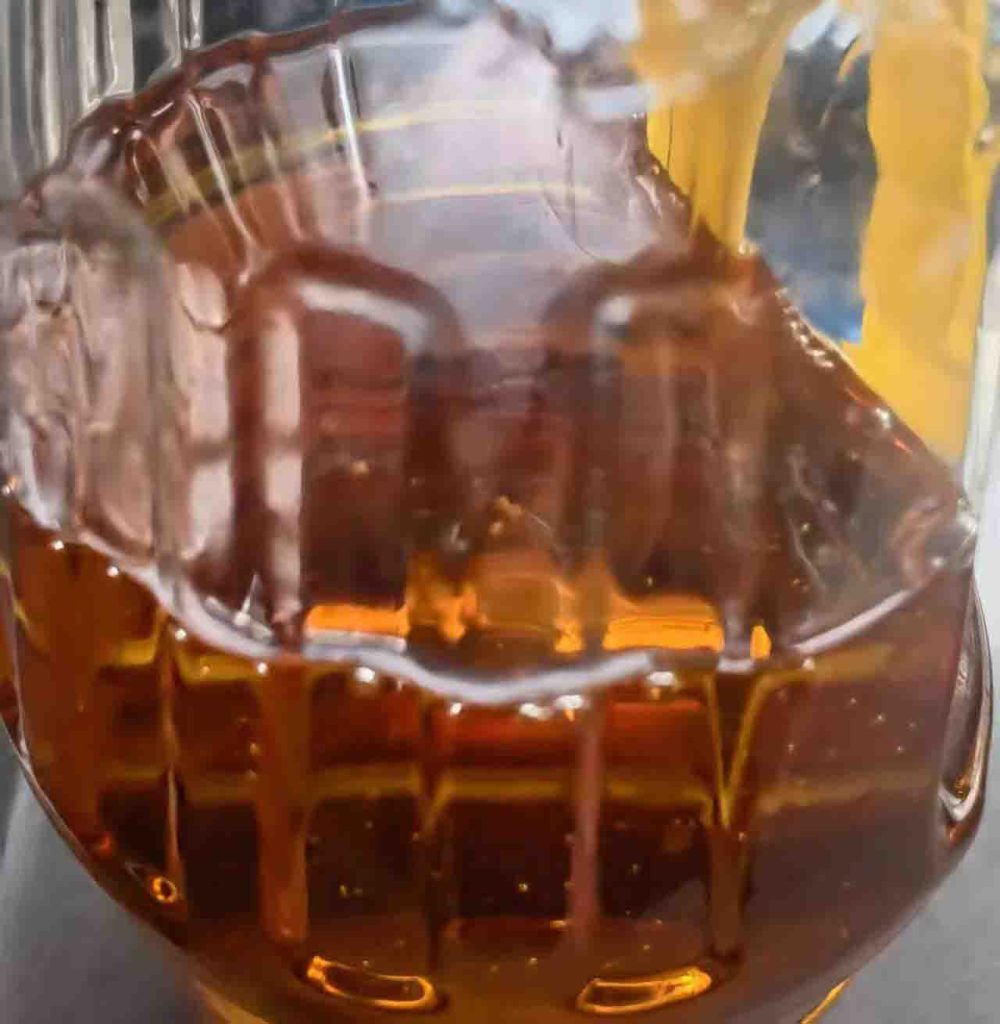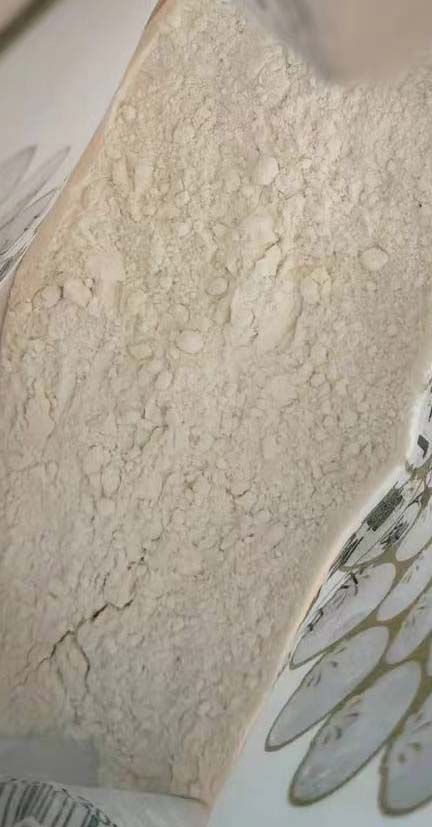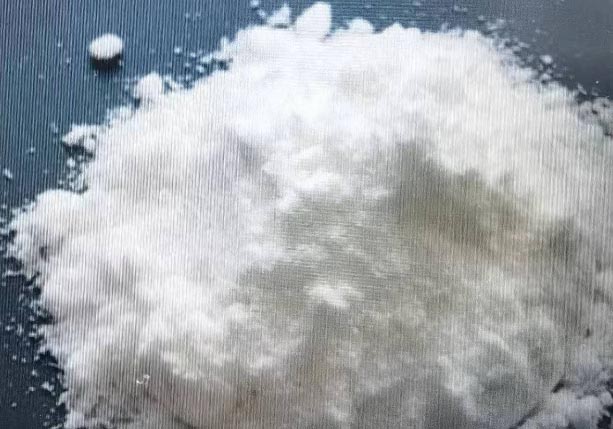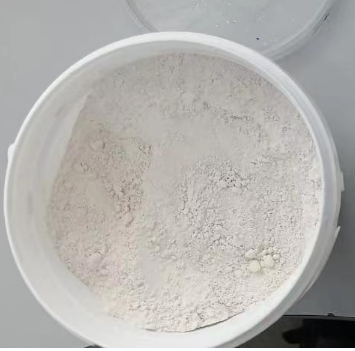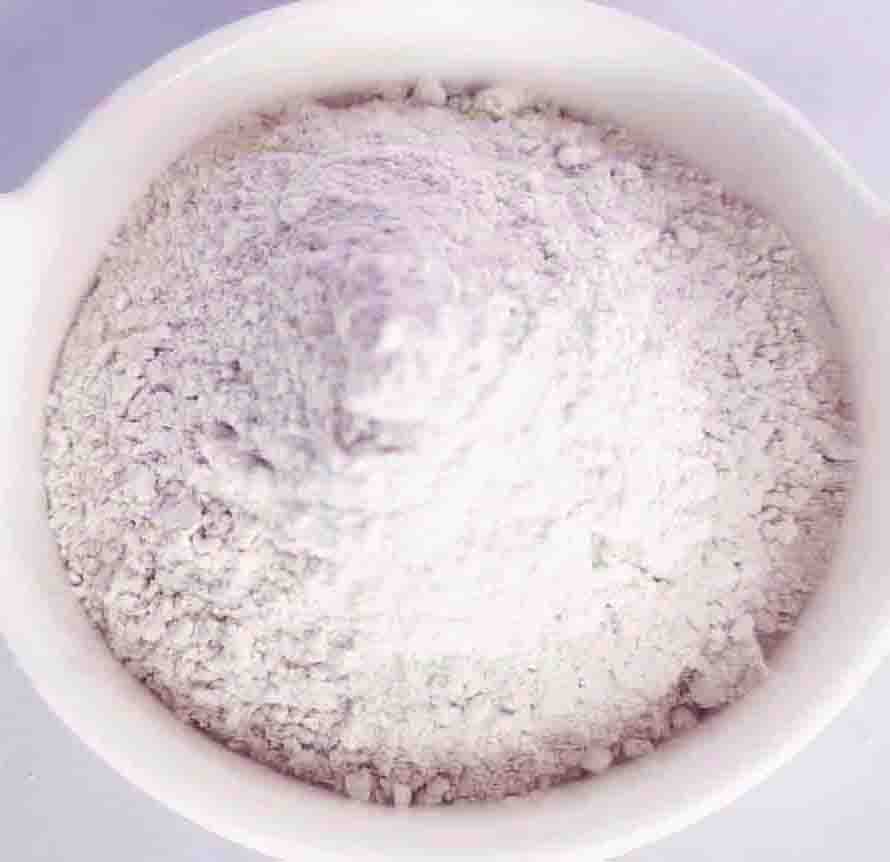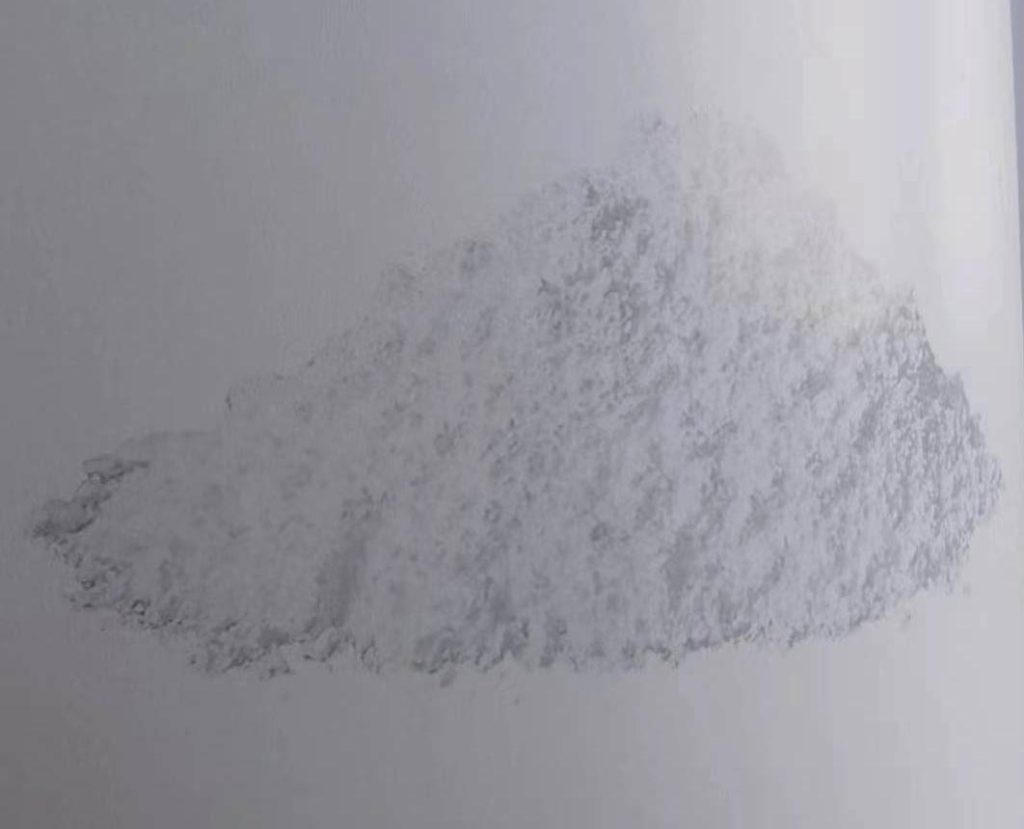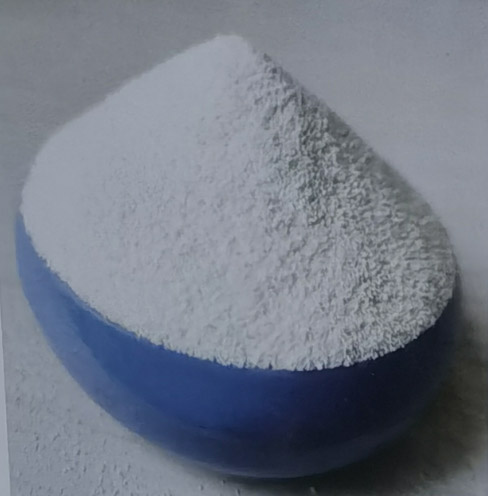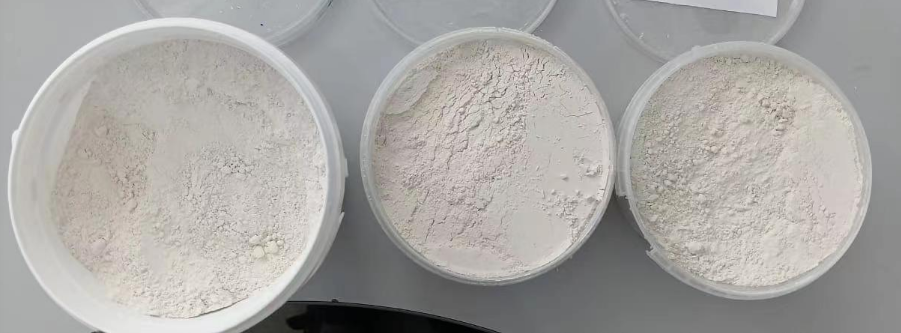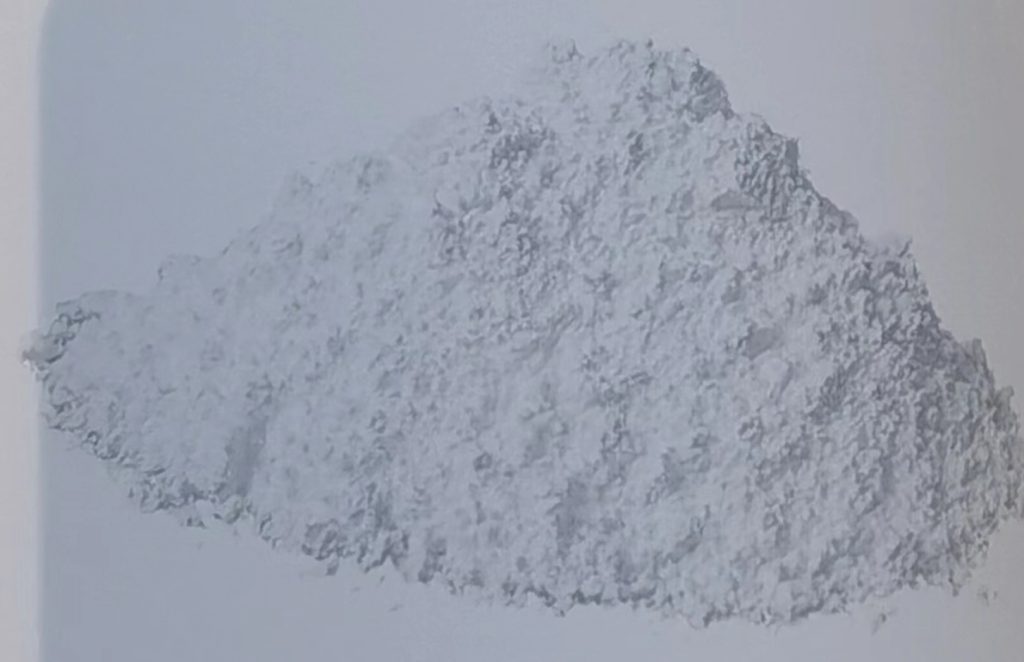Coalescent Agent
Coalescent Agent Film Forming/Coalescing Agents for Paints & Coatings In manufacturing paints and coatings, the function of a coalescing agent is to facilitate the softening of the polymer. This softening process plays a vital role in the creation of a consistently solid and uninterrupted film during the drying phase of the paint. These agents operate […]

